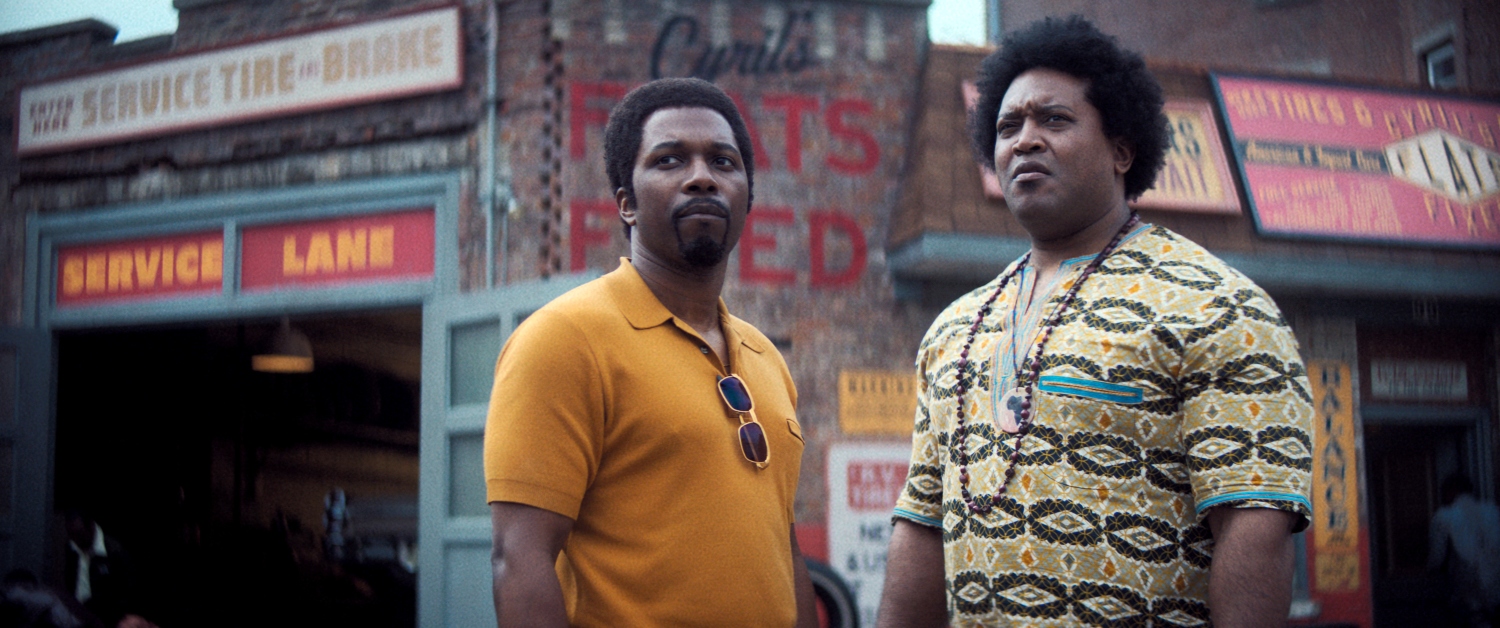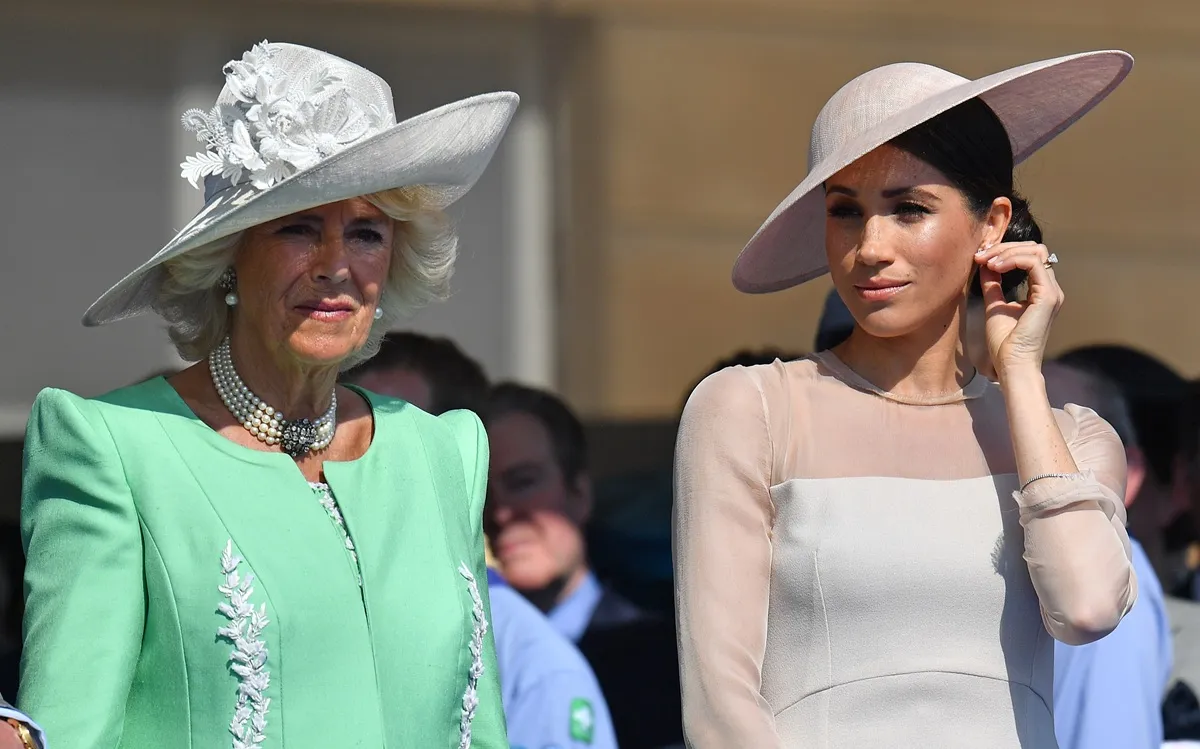‘The Many Saints of Newark’: The True Story Behind the Newark Riots
Dickie Moltisanti may be at the heart of The Many Saints of Newark, but the story is set against the backdrop of the 1967 Newark race riots. While the new movie centers on gangster action, the historical aspect of it is rooted in civil unrest. The Sopranos creator David Chase expressed that he always wanted to write a movie based on that period, but it’s mostly fiction. Here’s what led to the city being in an uproar.

Newark police beat a cab driver named John Smith
On the night of July 12, 1967, two police officers pulled over taxi driver John Smith for a minor traffic offense. Smith, a Black man, was arrested and beaten by the two white officers and then driven to a police station. According to the New York Times, witnesses who lived a public housing project saw the incident and followed the police to the Central Ward precinct.
A crowd rallied outside and grew to the hundreds. Despite calls to disperse and march downtown, people didn’t want to move. They were angry over issues with police brutality, racial inequality, displacement, class, and mistreatment.
It’d been on a slow simmer for months, and Smith’s beating catalyzed an uprising. But then a rumor spread that he died. Suddenly, violence erupted, aimed at the precinct. Rocks and Molotov cocktails flew. And then the police poured into the streets with their gear.
Violence, fires, and looting lasted for 5 days
People looted buildings and began burning down stores for two days before the New Jersey governor summoned the National Guard. A police detective and fireman died (by sniper fire) in the chaos, and the governor authorized shoot-to-kill orders. With military units and state troopers backing them, the police lay siege to the city.
NPR reported that 26 people died, 1500 were arrested, and 700 people were hurt. By the time things wound down on July 17, there was $10 million worth of damage.
Newark’s Mayor Hugh Addonizio faced a corruption scandal
After some of the dust settled, Newark’s mayor found himself under the microscope for his role in the unrest. Government officials launched an investigation into Hugh Addonizio’s administration for corruption. In 1970, he went on trial for conspiracy and extortion for taking more than $1 million in kickbacks from contractors.
Addonizio had ties to the local mob, including Anthony “Tony Boy” Boiardo, who was part of New Jersey’s Genovese crime family. Both went on trial with two other defendants, and according to a 1981 NYT piece, they were convicted on 64 counts, with 63 for extortion.
It’s said David Chase based Tony Soprano on Boiardo, who lived in the suburb Essex Fells but did plenty of business in Newark. Fans can decide for themselves if there were any saints involved when The Many Saints of Newark arrives on Oct. 1.


